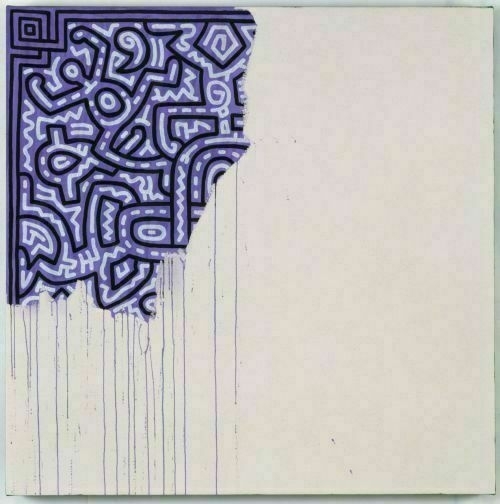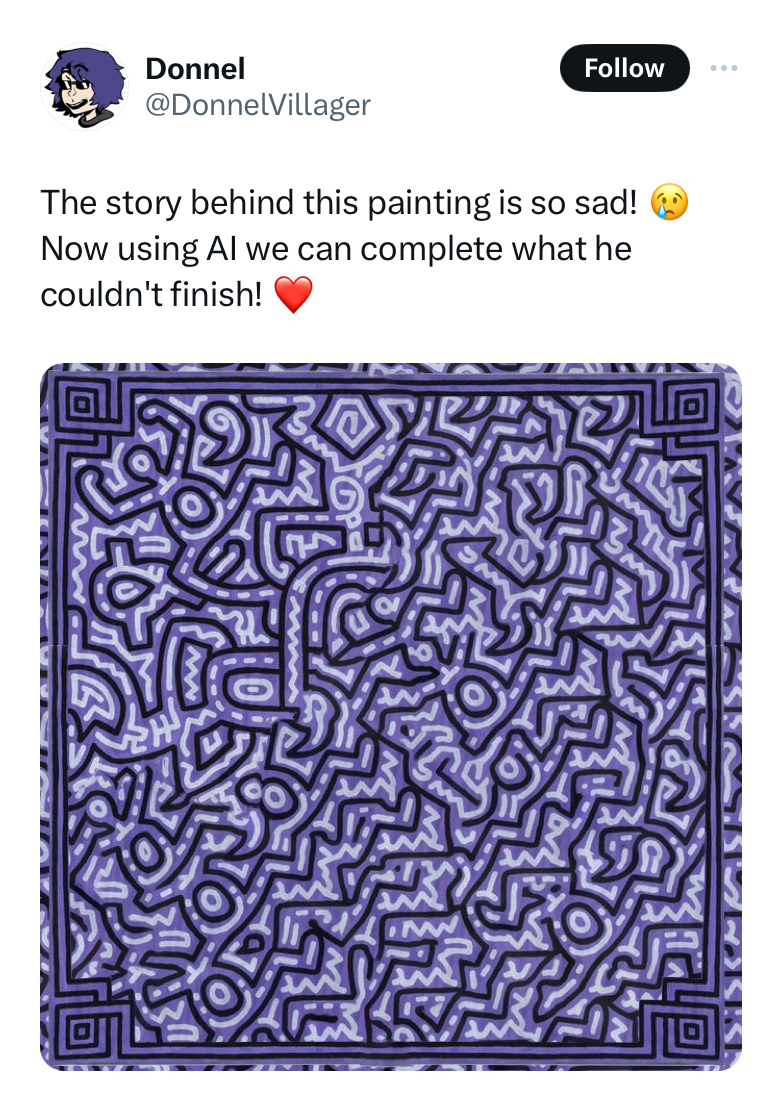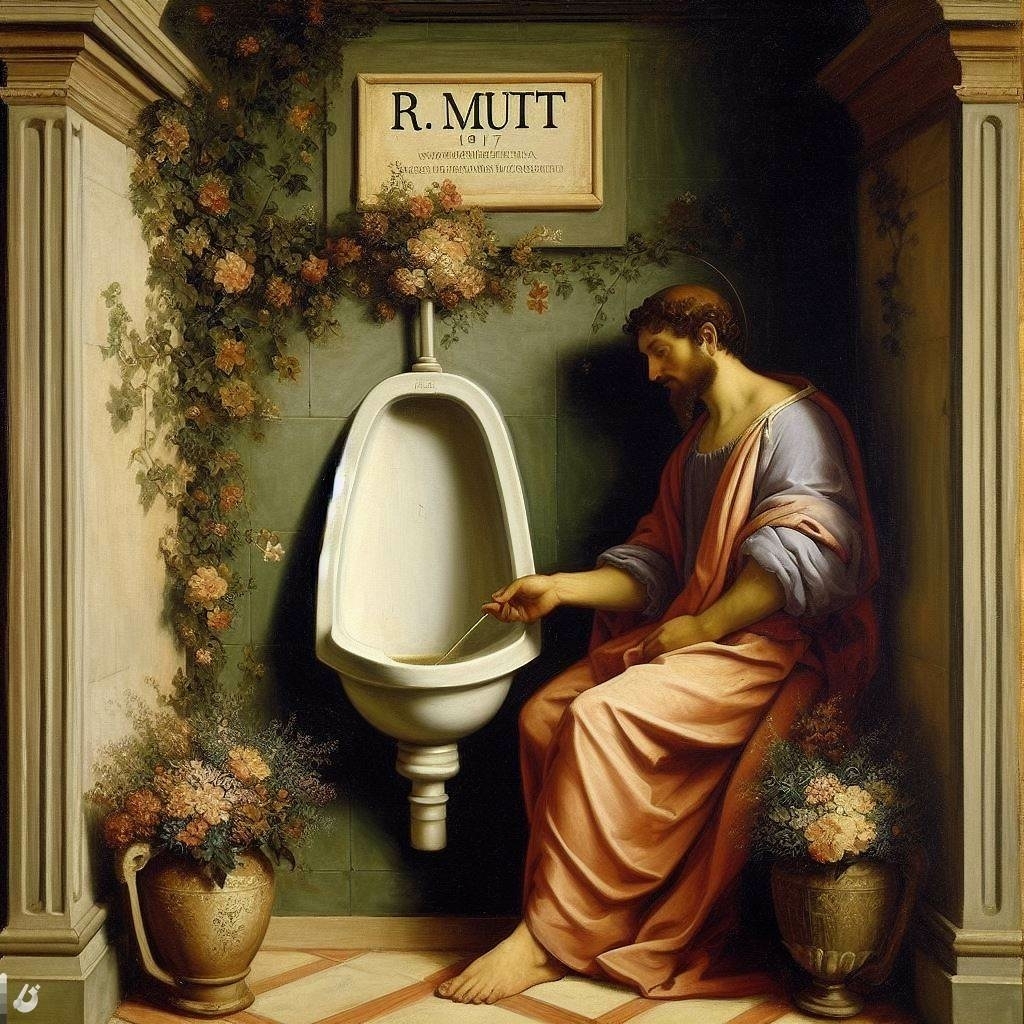My Thoughts on AI Art
I believe that outside of essential human rights (food, water, healthcare, housing, communications, etc) art is the most fundamental and important aspect of life. I have the upmost resect for artists, writers, illustrators, filmmakers, game designers, etc, and I believe that they create the context that helps us find meaning in life. I can’t imagine my life without the art they create, as it gives it flavor and meaning and helps me explore both myself and the world. I love films, watch a bit of television, listen to a lot of music, and play / collect a ton of games. In addition, artists surrounded me all my life. My roommates in college were film students, my best friends from high school are animators, my father is a painter and a writer, and for most of my childhood I was an amateur video editor before anything else (even programming!), working in Final Cut Pro and making my own home videos.
I felt this disclosure was important to write, because I believe there is a rightfully earned stereotype of the “AI Art” tech guy, and i’d like to ensure that I distance myself from them. They’re a “software eats the world” believer to an extreme, and the new rise in generated images / music is allowing them to extend that theory television, music, movies, games, etc. Now I think all art is subjective and there’s no such thing as “objectively bad” but in my humble opinion this usually boils down to a case of nerd brain and exclusively consuming content that does not challenge them at all. I don’t blame them for this, the most popular film franchises on the planet are (in my humble opinion) little more than comfort food, fun distractions but wholly un provoking, existing to validate interests and fandoms and drag the viewer along an endless track like a hamster on a wheel, so if you’re not a cinephile or music snob its easy to fall into a consumption lull. In a world where we define the set of art as exclusively these films and their equivalents in other mediums, I believe that AI could be the future of art. Fortunately, we do not live in that world, and I believe that we never will due to the way both these tools, and the very essence of good art itself, functions.
In American politics, one of the most common grievances of the right wing is that the left “controls hollywood”. Ignoring any other dogwhistles that might lying beneath that statement, I think its pretty fair to say that conservatives are in the overwhelming minority of artists. There could many be reasons for this, their ideological tendency towards hyper capitalism might play a role, kids growing up reading The Fountainhead over and over probably won’t decide that they want to go to film school and undertake massive debt to be an underpaid gaffer if their only motivating factor in life is making the number on their chase app go up. I don’t entirely believe this notion though. For one, conservatives do make art, it’s just very bad art. The art they want to make is also regressive in its nature, rather than pushing boundaries and creating new pieces, they wish to simply replicate existing styles and patterns in the past. Paintings trending towards photorealism and classical marble statues by artists such as Michelangelo plaster their twitter profile icons and banners. “Retvrn” they say, unable to process anything that requires interpretation and context of the struggles which exist in the modern world, for if they could do this, they might have not been conservative to begin with.

I don’t believe that generative AI is regressive or conservative politically, but that similar principles apply in its ability to generate works of meaning. All AI and machine learning, even generative, requires human input to function, both in terms of the data utilized when training the model, and the prompt being provided. Thus, its output exists only as a creative subset of its input. ChatGPT can write a poem in iambic pentamiter as to the lack of exclusive games on PS5 for instance, but it will never generate a new form of poetry. It will never create new genres of music, new styles of animation, new stories based on the context of our world because it requires our set of experiences and interpretations. Therefore it can never surpass or learn from them independently, only meet them. You’ll never get the next Seinfeld through the direct output of a LLM, only an endless mimicry of what came before. A world in which generative AI is the only form of artistic output is a world similar to that of the Matrix. Stuck in the 90s forever, unable to change or grow into something more.
However.
I believe that generative AI, as many advancements that came before it, can be a tool which is utilized to create art, if at an absolute minimum in order to say something about technology itself and its place in society. On the last day of 2023, VXTwitter user donnelvillager posted a response to a tweet containing a photo of renowned artist Keith Haring’s “unfinished painting”. For those (such as myself) who were unaware of the initial work, at the time of its creation Keith was suffering from AIDS, an illness he would ultimately succumb to.

I won’t explain the meaning of this painting to you because I genuinely hope you’re capable of middle school level artistic analysis after the context I provided. Regardless, donnelvillager responded with this.

The reception to the AI generated completion was instant and vitriolic. The top response states that this is a desecration of the original artists work, which given that it does not replace or paint over the original work as a PNG on the internet, is pretty overblown. People soon realized that donnelvillager’s tweet was satire of the “AI Art” tech guy and how they view art / the world. I’d like to propose that that it also makes an incredible argument for the use of these AI tools alone being art in and of itself. My initial thought was that donnelvillager’s work was incredibly reminiscent of the reception of a specific work by Duchamp.

Personally, this is one of my favorite pieces of art ever made, but in a traditional sense, Duchamp did not “make” it. He did not shape the porcelain of the toilet himself. He took the urinal, signed his name, and placed it into a gallery. In the process, “Fountain” is a statement about platforming artists, about fame, and about the very nature of creating art itself. The context surrounding a work in the postmodern sense is also art as much as the text of the work itself. Similarly, utilizing a generative AI tool to strip the original image of its meaning is, in and of itself, creating new meaning and making an incredibly bold statement about the world and the creation. This is art. I never would have thought to utilizing these tools to provoke a reaction from the public by intentionally stripping an artwork of its original meaning, in order to underline the importance of humanity in art, authorial intent, context collapse, and so much more. To me, this proves that these tools have at minimum a limited use in the creation of art.
Pulling back from the whole philosophy art snob stuff for a minute though, I also think these tools may provide assistance to human artists and shouldn’t be thrown out entirely. Either supplementing existing writing, improving the grammar of non native language speakers when creating new stories, allowing students to study classical styles of art by replicating them over modern subjects, and even adding a bit more randomness and interactivity to games and crafted character dialogue to make players feel as though they have more agency. All of these might be terrible ideas, but I believe there are more areas to explore in using these tools to build expressive works.
When I was searching for a photo of Fountain to use in this post, I first clicked on the photo provided by Google’s excellent Arts & Culture tool. Google is of course hot on the generative AI train, building their own image generation tools and large language models, attempting to see where they can be fit into their existing product suite. There I noticed an interesting button. It does exactly what you think it would, and it gave me an idea.

There. A beautiful work of art stripped of its original intention and context, replicating the pattern of a culture long since dead to satisfy the part of Michael Knowles prefrontal cortex which struggles with this kind of thing. In and of itself a parody of “Fountain”, but putting a spotlight on its original meaning by highlighting the absence of it, by creating something that specifically caters to those with limited understanding. This is in and of itself a reason I believe that the future of the “AI Art” guy will never fully come to pass. Even before generative AI, the past decade of film / television has been about directly catering to what audiences want. Reading their tweets to ship characters together and retcon films they don’t like, analyzing their streaming behavior to greenlight entire shows… We already live in a world of computers telling the industry what to make, and while it sucks, it’s directly pushed independent films in the opposite direction. I don’t think a computer could ever make Beau is Afraid, and if one did i’d fully support Sarah Connor flattening it under a pneumatic press. I also believe that the success of major blockbusters from auteur directors such as Barbie / Oppenheimer is in part due to the start of a backlash wave against dull cookie cutter algorithmic art, and I am hopeful that it pushes the industry away from the trends of the past decade towards a more hopeful future. That’ll only happen if you, the person reading this, went out to theaters to see them though. Otherwise, the AI Art guys were always right.
Also watch Blackberry please it was really good